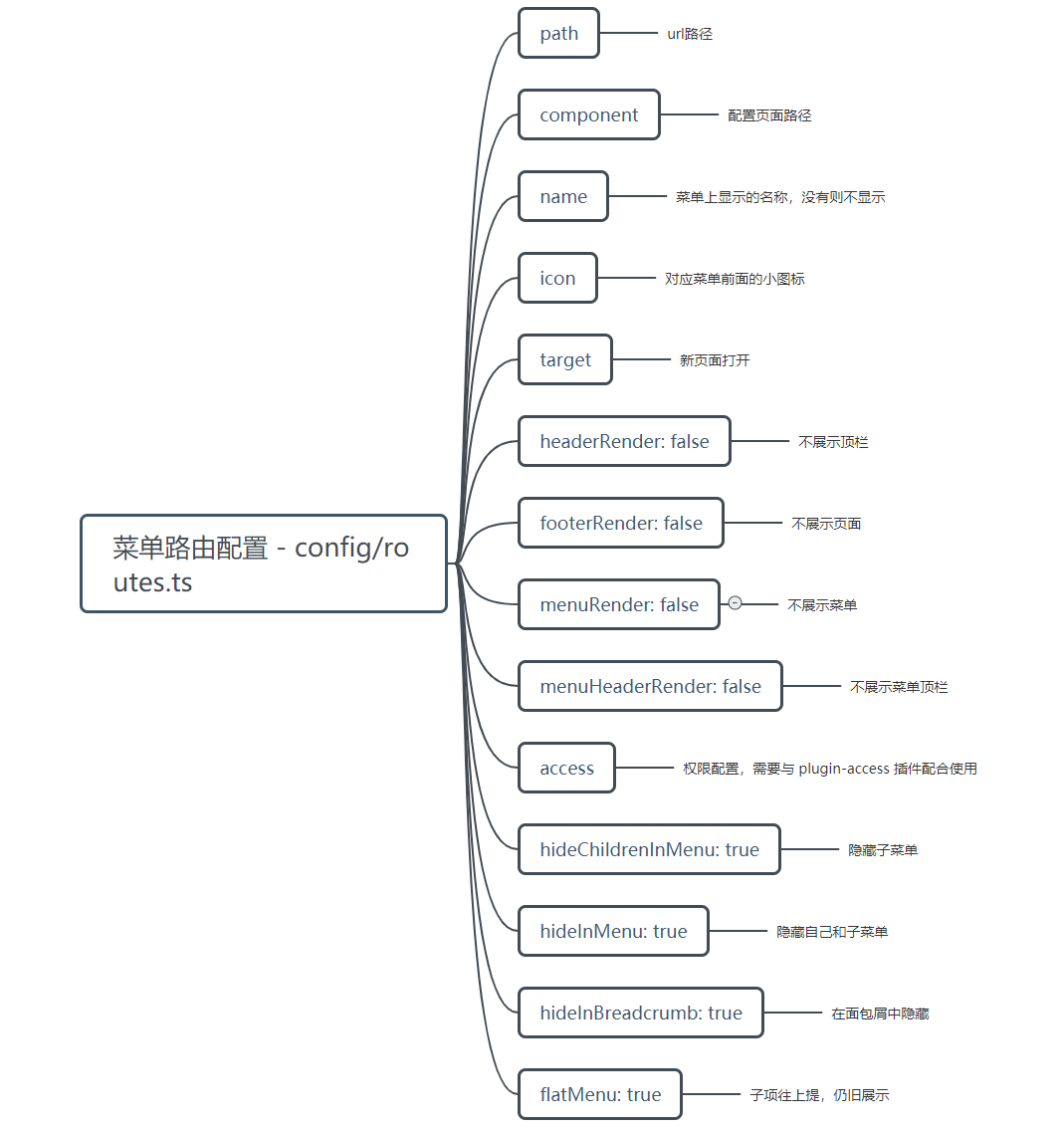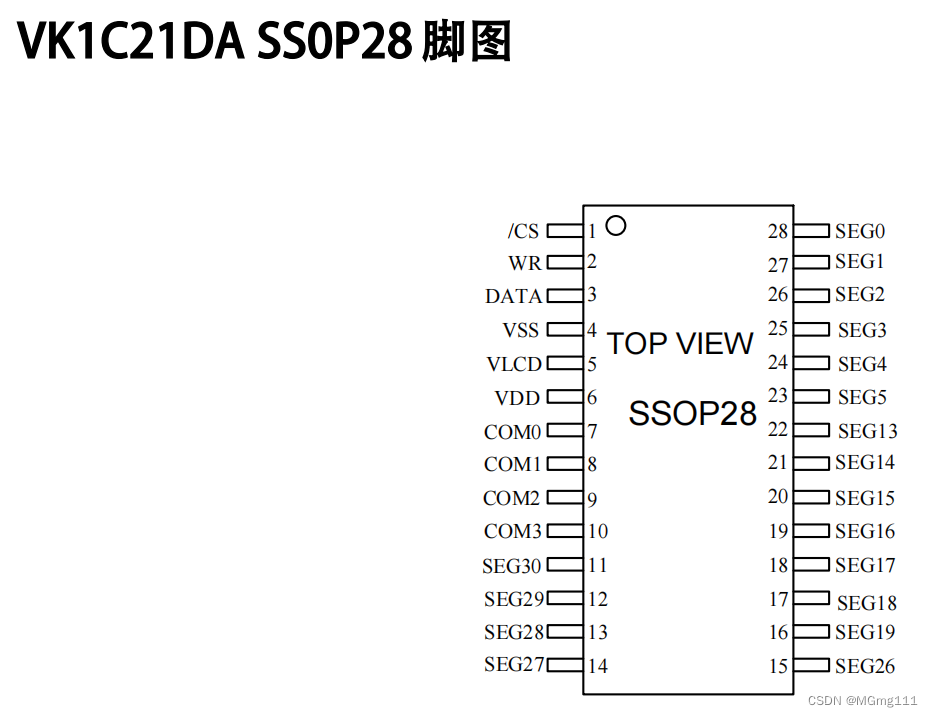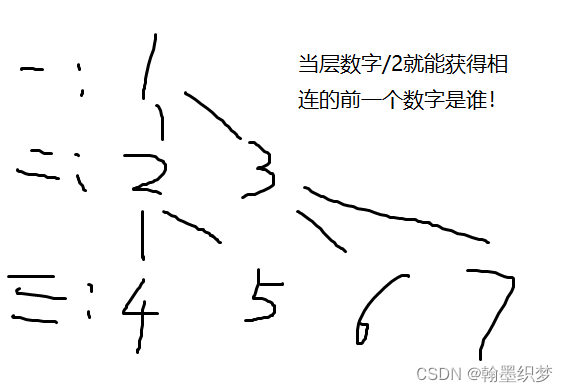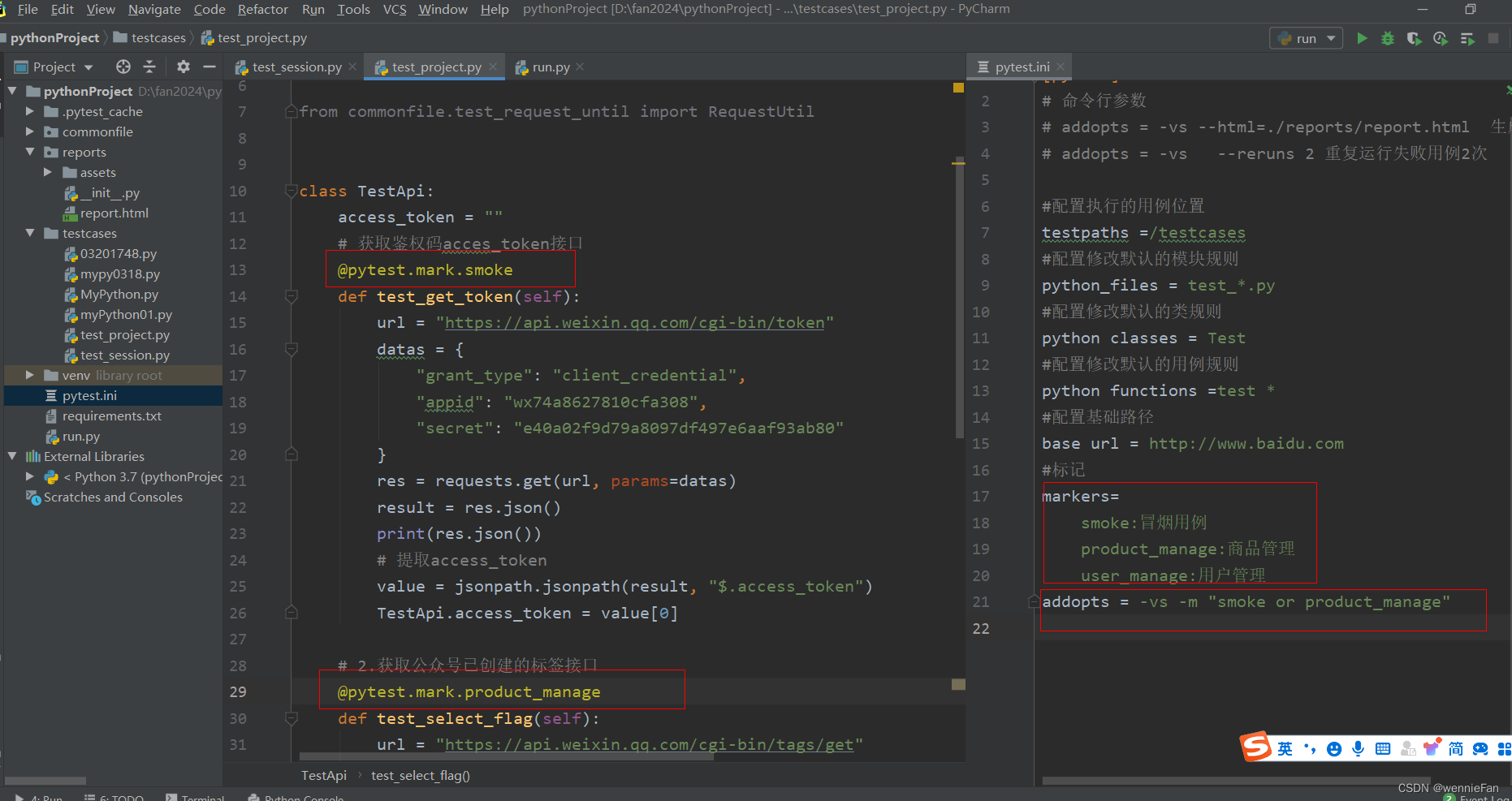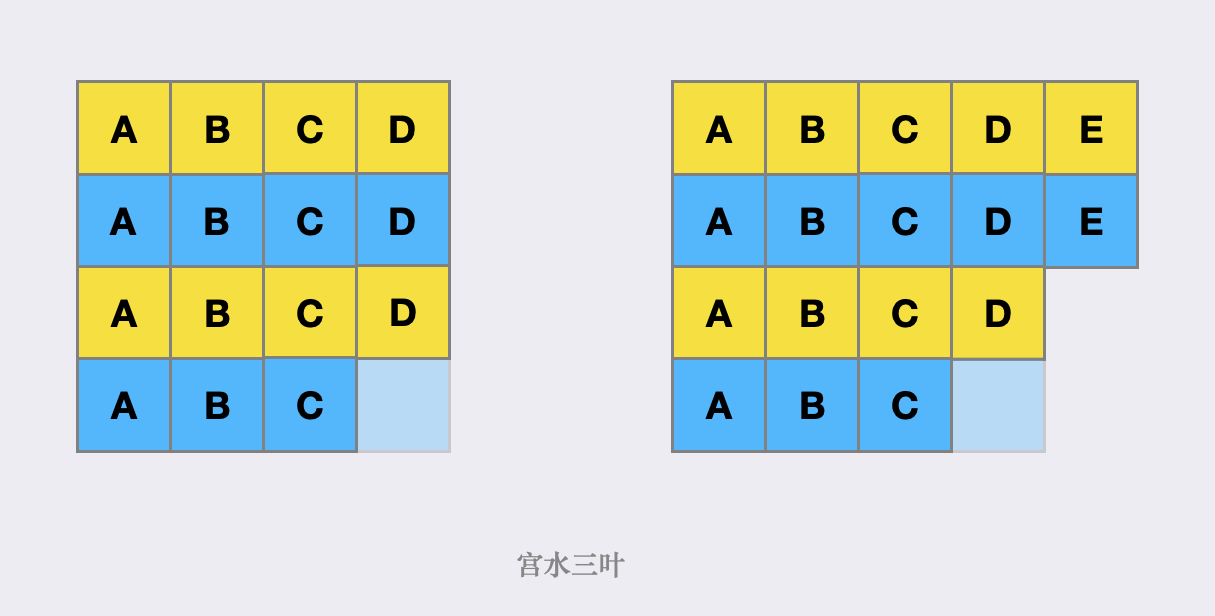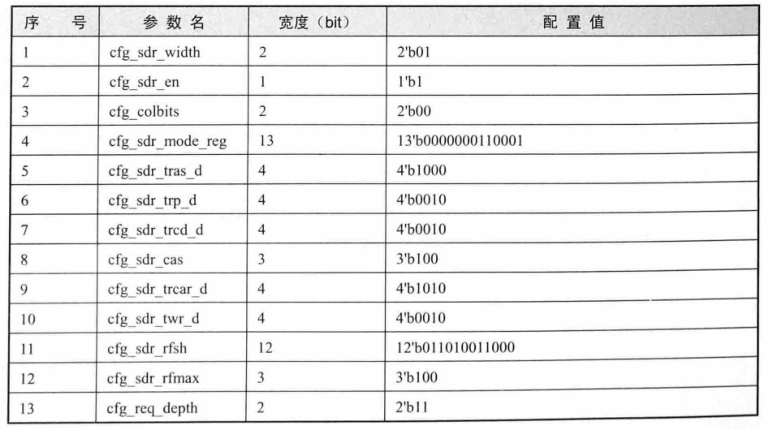资源限制
内存限制:256.0MB C/C++时间限制:1.0s Java时间限制:3.0s Python时间限制:5.0s
问题描述
给定2维平面上n个整点的坐标,一条直线最多能过几个点?
输入格式
第一行一个整数n表示点的个数
以下n行,每行2个整数分别表示每个点的x,y坐标。
输出格式
输出一个整数表示答案。
样例输入
5
0 0
1 1
2 2
0 3
2 3
样例输出
3
数据规模和约定
n<=1500,数据保证不会存在2个相同的点。
点坐标在int范围内
暴力(只有87分)
#include<iostream>
using namespace std;
const int N=1505;
typedef struct Point{
int x;
int y;
}Point;
Point point[N];
int n;
int ans;
int main(){
cin>>n;
for(int i=1;i<=n;i++){
cin>>point[i].x>>point[i].y;
}
for(int i=1;i<=n;i++){
for(int j=i+1;j<=n;j++){//形成斜率
int cnt=0;
int xx=point[j].x-point[i].x;
int yy=point[j].y-point[i].y;
for(int k=1;k<=n;k++){//找点,使之斜率相等或本身的那个点
if(xx*(point[i].y-point[k].y)==yy*(point[i].x-point[k].x)){
cnt++;
}
}
ans=max(ans,cnt);
}
}
cout<<ans<<endl;
return 0;
} 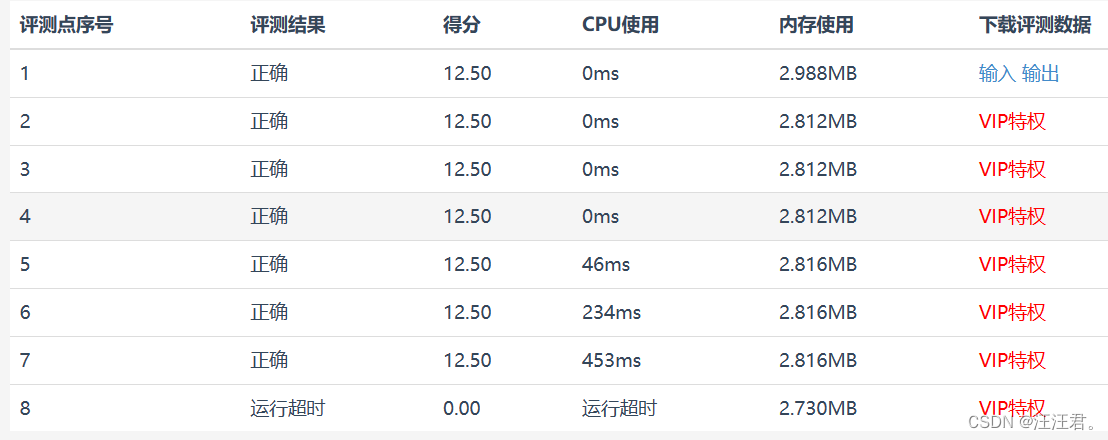
哈希表(但是5.11版本不能用)
#include <iostream>
#include <unordered_map>
#include <math.h>
using namespace std;
const int N=1505;
typedef struct Point{
int x;
int y;
}Point;
Point point[N];
int main() {
int n;
cin >> n;
for (int i = 1; i <=n; i++) {
cin >> point[i].x >> point[i].y;
}
int result = 0;
if (n <= 2) {
result=n;
}else{
unordered_map<double, int> slopeCount;
for (int i =1; i <=n; i++){
for (int j =i+1; j <=n; j++){
int dx = point[j].x - point[i].x;
int dy = point[j].y - point[i].y;
double slope;
if(dx==0){
slope=0x3f3f3f3f;
}else{
slope=(double)dy / dx;
}
slopeCount[slope]++;
result= max(result,slopeCount[slope]);//直线斜率相等,同一直线上的点个数n和斜率相等的个数的关系:n(n-1)/2=斜率相等的个数
}
}
result=sqrt(2*result)+1;
}
cout<<result<<endl;
return 0;
}

